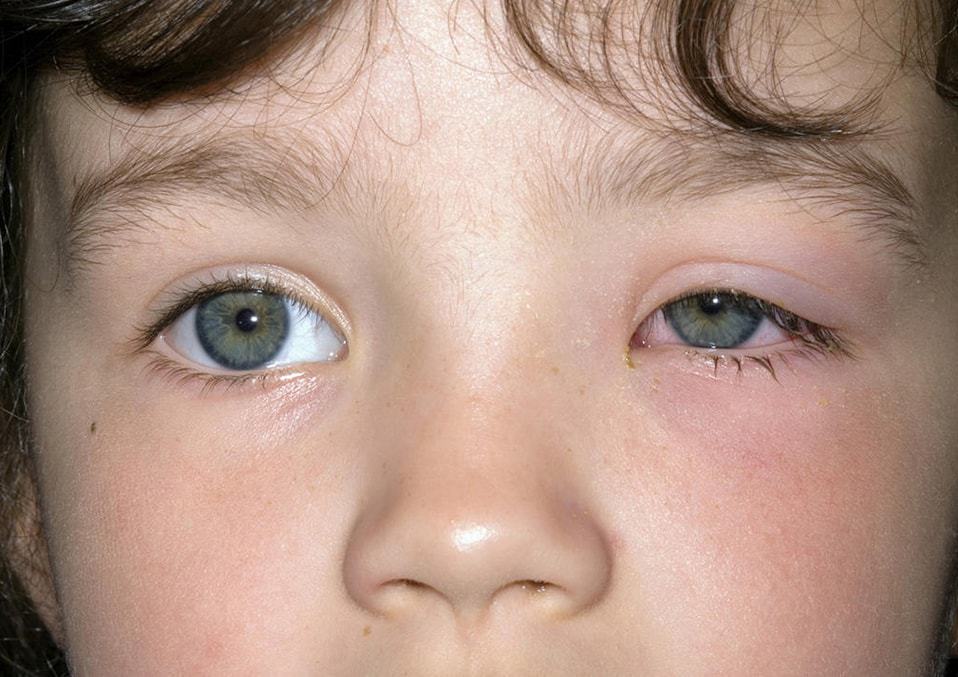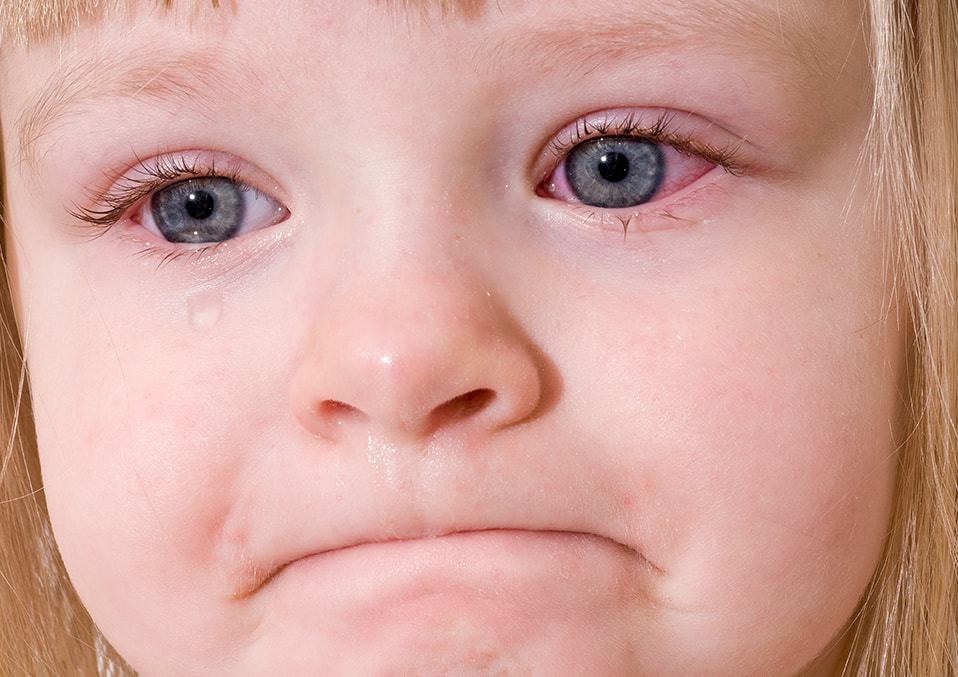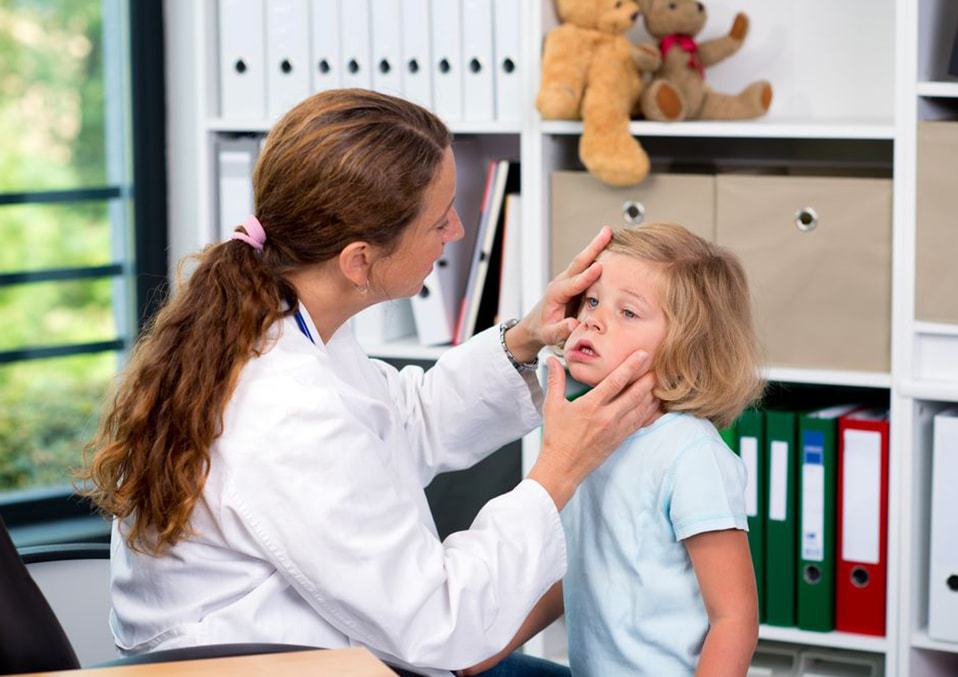What is Stye/Hordeolum?
Hordeolum or stye is a common disorder of the eyelids wherein the eyelids are red and inflamed, usually forming a pus-like bump that is a common immune system response from the infection caused by the bacteria staphylococcal which is a species of facultative anaerobic organisms,styes can be a painful experience especially to the baby.
It is a very common disease that usually happens to anyone and anytime, although, babies are commonly affected by this due to still weak immune system, stye usually lasts about 2 weeks and are not infectious, it should not be a concern for the parents as it usually fades away.
What are other eye disorders related to and similar to stye?

There are other types of eyelid infections that can be similar to stye, one example of it is the disorder blepharitis in which the baby’s eyelids become red and inflamed, there are also some more threatening conditions than stye, one of them is meibomian cyst and periorbital cellulitis which causes sebum discharge although it is treatable by certain medications.
What are the symptoms of having Stye?

A stye can be an uncomfortable feeling and experience to look at, especially if it brings discomfort and pain to the baby, but rest assured that the disorder will usually subside about a week or two, the most common symptoms or visible signs that the baby might have stye includes:
- a lump, puss-like pimple located on the eyelid
- eyelid swelling and pain
- redness around the eyelid area
Read also: Reasons why babies are always rubbing their eyes
- burning sensations around the eyelids
- itchiness around the eyelid area
- blurry vision and tearing
- mucus discharge from the eyes
- light sensitivity
How to treat the affected stye of the baby?

- In order to accelerate the fading and healing process of the puss, always consult the doctor if the child is suited to be applied on medically-proven topical applications that can kill and inhibit bacterial growth in the skin, some topical antibiotics such as Sumycin, Dycill, Dynapen, and AK-Tracing can destroy the staphylococcal bacteria and inhibit its growth in the epidermal area, although precautions aside especially if the baby is under 3 years old, always consult your doctor.
- Put lukewarm water into the compressor of your choice and gently apply a warm compress against the affected eyelid area to improve the redness and general symptoms of the infection, be very careful in compressing it to the eye of the child, the compress eases the pain and encourages the accelerated dissipation of the puss into the skin
- Pain relievers are recommended if the baby feels extreme discomfort around the eye area, let the baby take ibuprofen and other pain medications if necessary.
Read also: Is it safe for your baby to be around your cat
- Improve hygiene of the family, prevention is better than cure and certainly the baby will be most affected if the family surrounding them have bad hygiene skills, teach the baby to properly maintain overall cleanliness and how to properly wash hands, always make sure to clean the baby’s face especially the affected eyelid area with mild cleanser to avoid further infections.
- Try some natural antibiotics. there are natural antibiotics that are commonly found at home, herbs, and spices such as Garlic, Ginger, Honey, Clove and Oregano which can help in fighting infections inside and outside the body, but remember to always consult the doctor before trying any of the herbs to the child as its uncertainty can pose risks.
At the end of the day always remember that baby’s stye can heal without any medical intervention, do not pop or squeeze it, let it heal on its own, also remember that it is common and not contagious and if it does not heal within 2 weeks of expected healing, the baby should be checked by the doctor immediately as it can sometimes be an onset of a serious medical condition, always keep in mind that we are not experts on treating illnesses on our children and doctors do what they do best.
Read also:
- Facts and Frills About Lotus Birth
- Baby Not Growing in the Womb How to Deal With it
- Reasons Why Babies are Always Rubbing their Eyes


